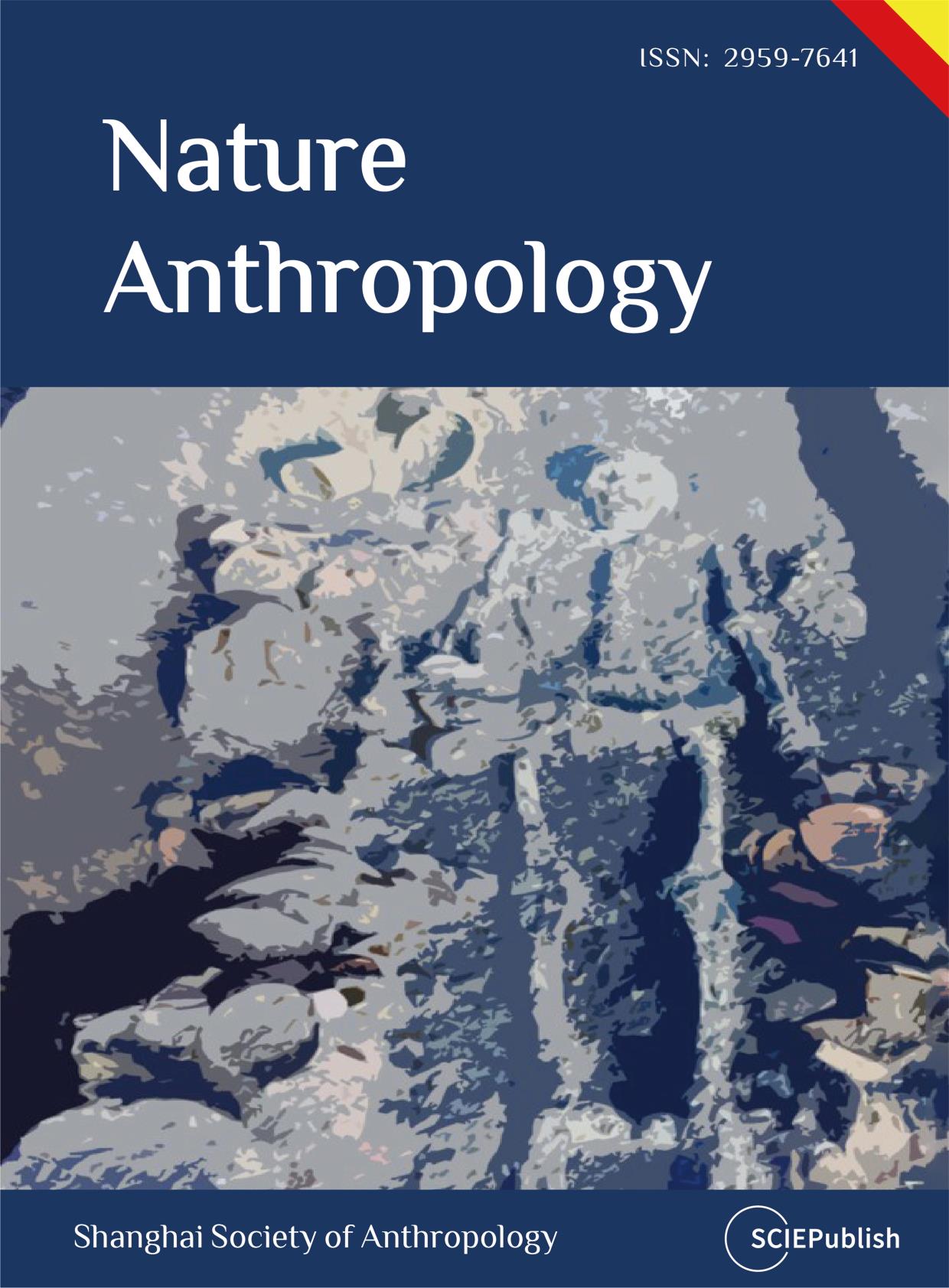Found 764 results
Open Access
Review
16 December 20253D-Printed Continuous Fiber Composites: An Overview of Materials, Systems and Processes
3D-printed composites represent a cutting-edge advancement in additive manufacturing, offering the ability to fabricate high-strength, lightweight structures by embedding continuous fibers within a single deposition process. This innovative approach significantly enhances the mechanical performance of printed parts compared to traditional polymer-based 3D printing. In this article, we present a structured review of recent developments in 3D-printed composite technologies. The discussion is organized into three key areas: (i) the types and properties of continuous fibers used in 3D printing, (ii) the underlying mechanisms and systems that enable fiber deposition, and (iii) emerging strategies involving commingled materials that integrate reinforcement and matrix components at the filament level. This review aims to provide a comprehensive understanding of the current state and future directions of continuous fiber-reinforced additive manufacturing.
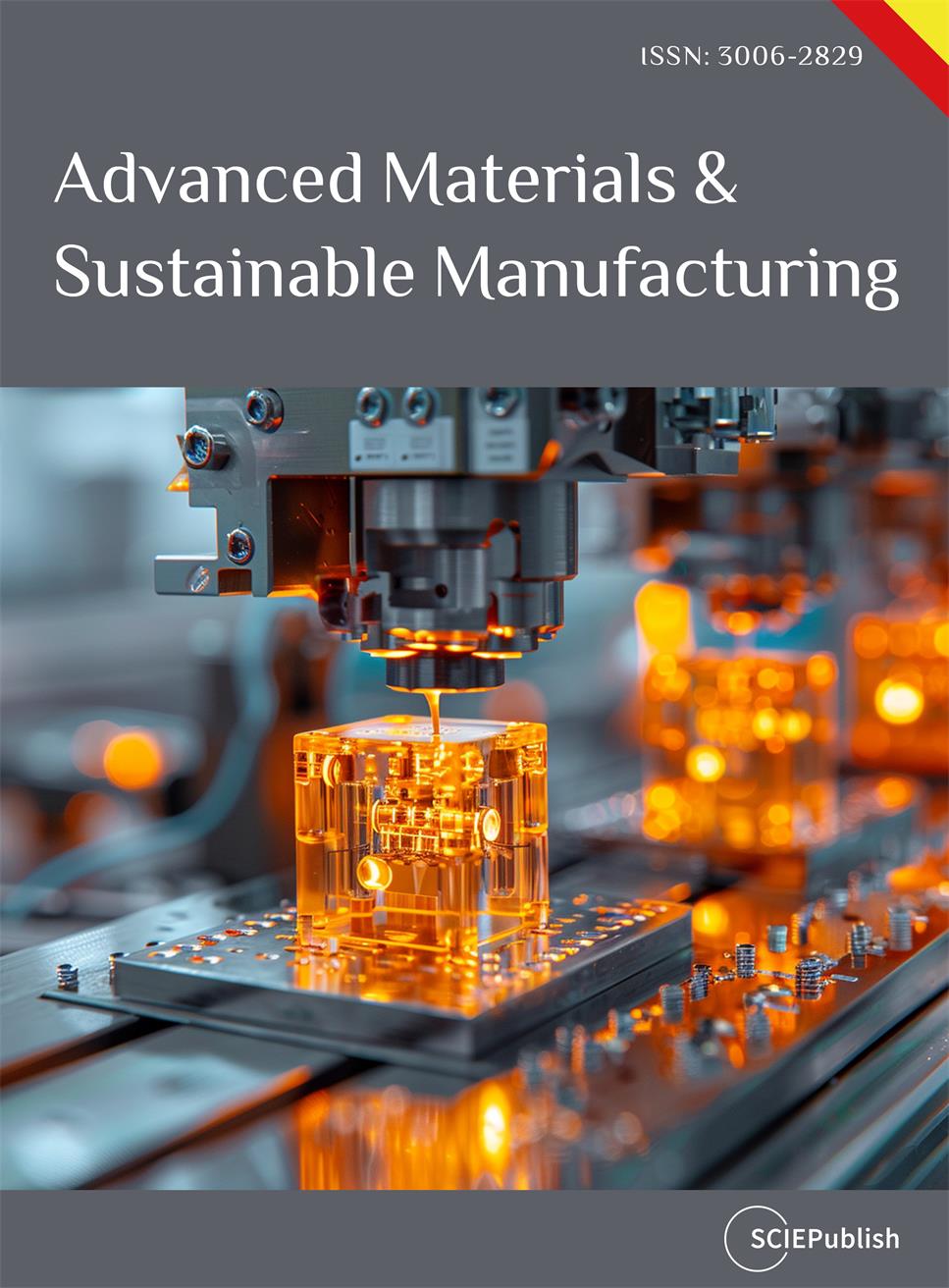
Open Access
Article
16 December 2025The Jevons Paradox and Vernon’s Product Life Cycle: Evidence from Primary–Secondary Price Differentials in Copper and Aluminium (2002–2021) with 2024–2025 Market Context
This study examines how efficiency improvements associated with Jevons’ Paradox and product-system maturation, as described by Vernon’s Product Life Cycle (PLC), jointly influence the long-term pricing relationship between primary and recycled copper and aluminium. Using author-provided nominal annual USD price series for 2002–2021, the analysis derives descriptive indicators most notably the recycled-to-primary (R/P) price ratio to characterize structural shifts consistent with PLC-driven secondary integration. Recent market conditions in 2024–2025, including tight physical availability, low inventories, regional premia, and recurrent episodes of backwardation, are incorporated as qualitative context without merging with the historical dataset. Results indicate a sustained narrowing of R/P discounts for both metals by 2021. The combined Jevons–PLC interpretation suggests that efficiency-driven service expansion and supply-side tightness increase the relative value of secondary material, supporting long-term convergence between primary and recycled streams.
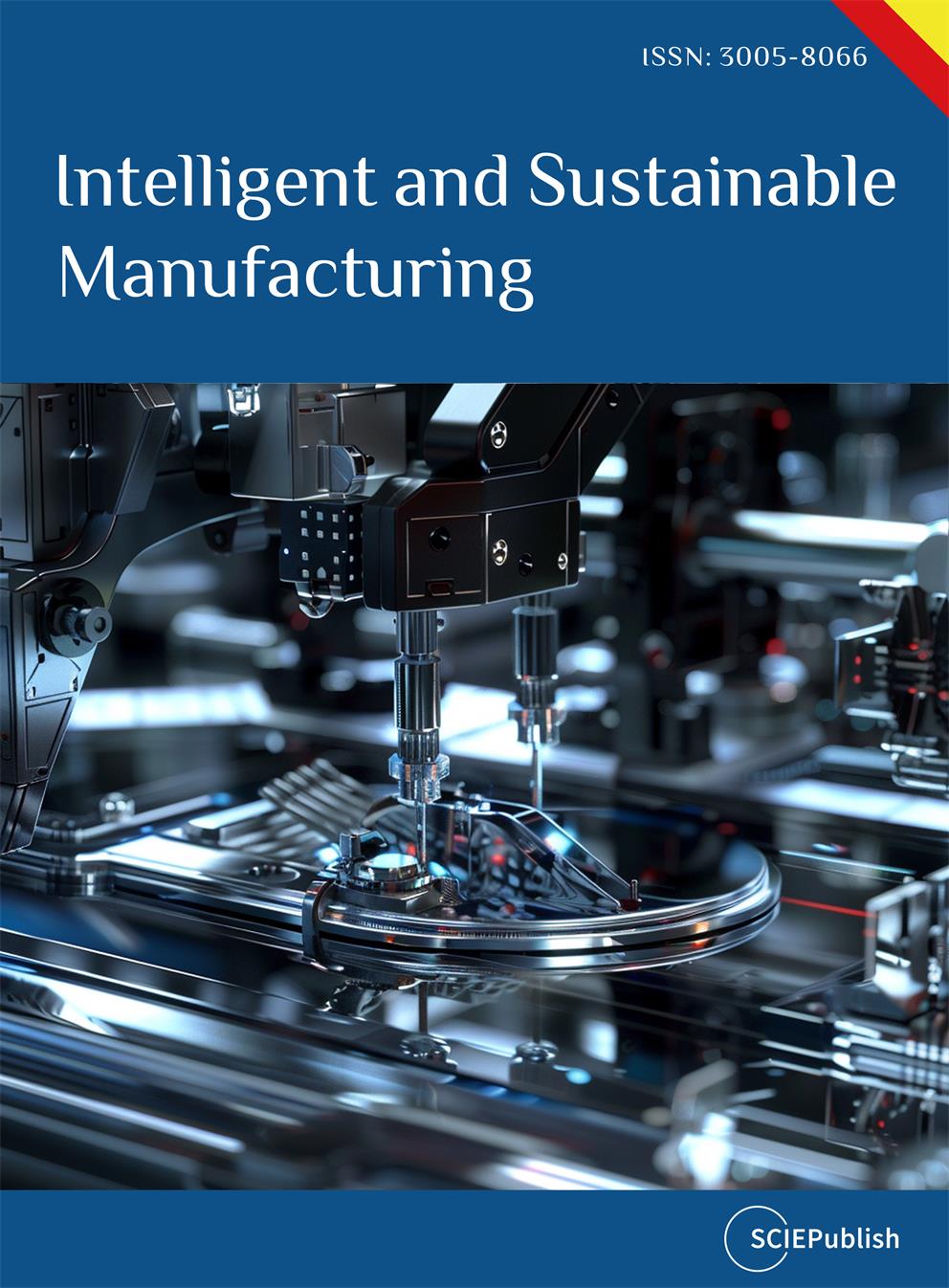
Open Access
Article
16 December 2025Toluene or Formaldehyde Removal by Photocatalysis and Adsorption Using Hybrid Optical Fiber Textiles Containing Activated Carbon and/or TiO2
Indoor air treatment has become a significant concern in recent years. The aim of this study is to investigate the effectiveness of coupling adsorption and photocatalysis for the removal of toluene and formaldehyde, especially in the presence of optical fiber textile. First, we examine the adsorption properties of various commercial activated carbon (AC) filters, as well as different amounts of AC deposited on optical fiber textiles, and assess the impact of titanium dioxide (TiO2) on the adsorption performance. In the second phase, we compare the photocatalytic degradation of toluene and formaldehyde under different irradiance levels. Finally, we analyze the impact of three AC-TiO2 combinations: separate filters, TiO2 deposited on AC-impregnated fiber optic textiles, and TiO2 partially deposited on AC filters. The results led us to test a new photocatalytic and adsorbent material, including heating wires and optical fibers.
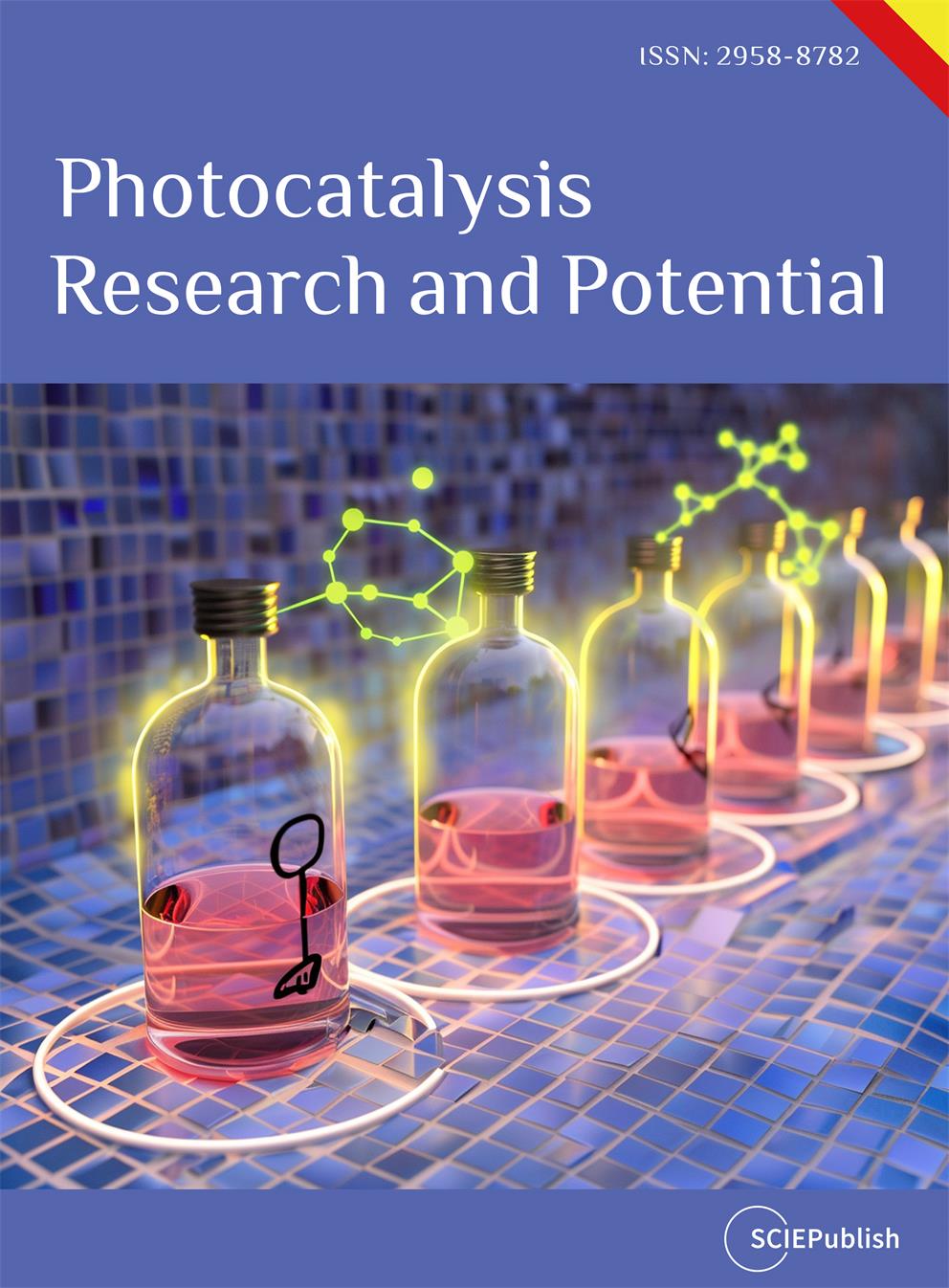
Open Access
Article
16 December 2025Design and Implementation of an Autonomous Smart Food Delivery Robot for Commercial Environments
The integration of robotics into service environments is transforming how labor-intensive tasks are managed, particularly during peak hours with staff shortages and long wait times. This research presents a fully autonomous, modular food-delivery robot designed to enhance operational efficiency and improve service experience. The system combines artificial intelligence, facial recognition, smartphone-based order management, Arduino, ESP32, ESP32-CAM, and Python to navigate indoor environments and deliver food directly to recipients, supported by a secure handover mechanism. Experimental results indicate that the robot performs waiter-like delivery reliably, maintaining mobility and structural integrity across various surfaces by using lightweight materials and motors that have been optimized. Through the use of a motion coordination algorithm, responsive navigation can be achieved, while a simple user interface can be operated by anyone with minimal training. According to these results, automation reduces the need for manual labor, increases the speed of service, and ensures consistency in the delivery process. Additionally, the system provides a practical framework for future research and potential applications beyond food delivery, such as surveillance, environmental monitoring, and disaster response. Future work will focus on scaling for real-world deployment and integration advanced AI navigation to enhance autonomy, adaptability, and overall operational performance.
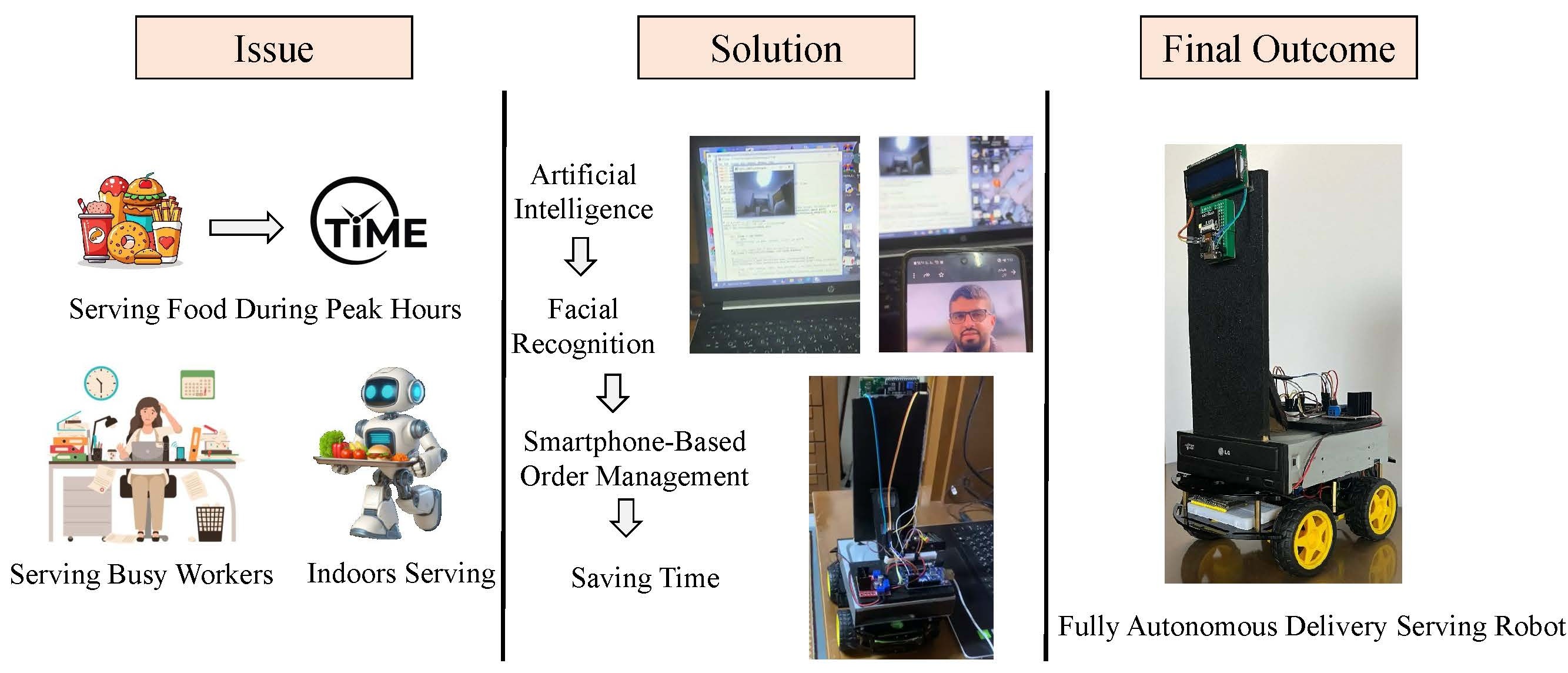
Open Access
Review
15 December 2025Insights in Applying Self-Determination Theory to Study Chinese Students’ Positive Functioning: Review of Current Literature and Suggestions for Future Directions
Self-determination theory (SDT) is a prominent theory in psychology and has been applied extensively to student populations to explain their positive functioning. However, its validity in Chinese contexts has been questioned. The current paper provides an up-to-date review of the validity of SDT propositions when applied to Chinese education, and points out promising future directions of inquiry. Specifically, reviewing literature identified using Google Scholar and published by key research labs, we show that by examining well-established SDT models in Chinese population, research from the last about two decades shows a “universalism without uniformity” pattern, supporting the validity of the general SDT model regarding the basic relationships between social contexts, basic psychological needs, motivation, and positive outcomes, while allowing for variability in effect strengths. However, there is a dearth of attention paid to a few important issues that have emerged within cultural and positive psychology recently. These issues suggest that future studies should focus on (1) testing the role of self-determination in forms of individual well-being that are more grounded in and representative of the Chinese culture, (2) testing the role of self-determination on collective-level indicators of well-being, and (3) testing other contextual issues in Chinese culture beyond the collectivist aspect.

Open Access
Review
15 December 2025Synthesis, Spectroscopic Characterization Techniques, and Functional Applications of Selenium Heterocycles
The paper reviews the unique chemical properties of selenium, focusing on selenium-containing heterocycles and organoselenium chemistry. The present study undertakes a critical examination of synthetic strategies, ranging from classical nucleophilic selenation and transition-metal catalysis to emerging photo-redox and electrochemical approaches. The text goes on to highlight advanced characterisation techniques, with particular reference to the combination of 77Se NMR spectroscopy with DFT calculations and single-crystal X-ray diffraction for structural elucidation. The functional applications of these compounds are the subject of extensive discussion, including their role in enhancing the performance of sustainable organic photovoltaic (OPV) materials for renewable energy conversion, and their potential in biomedicine as TrxR inhibitors for cancer therapy and as photosensitizers in antibacterial applications. The present study places particular emphasis on the contribution of selenium-containing heterocycles to improving the power conversion efficiency (PCE) of solar devices. Finally, the review outlines future research directions and common challenges in this field, such as enhancing the sustainability of catalytic processes and addressing biosafety concerns associated with selenium-based reagents.
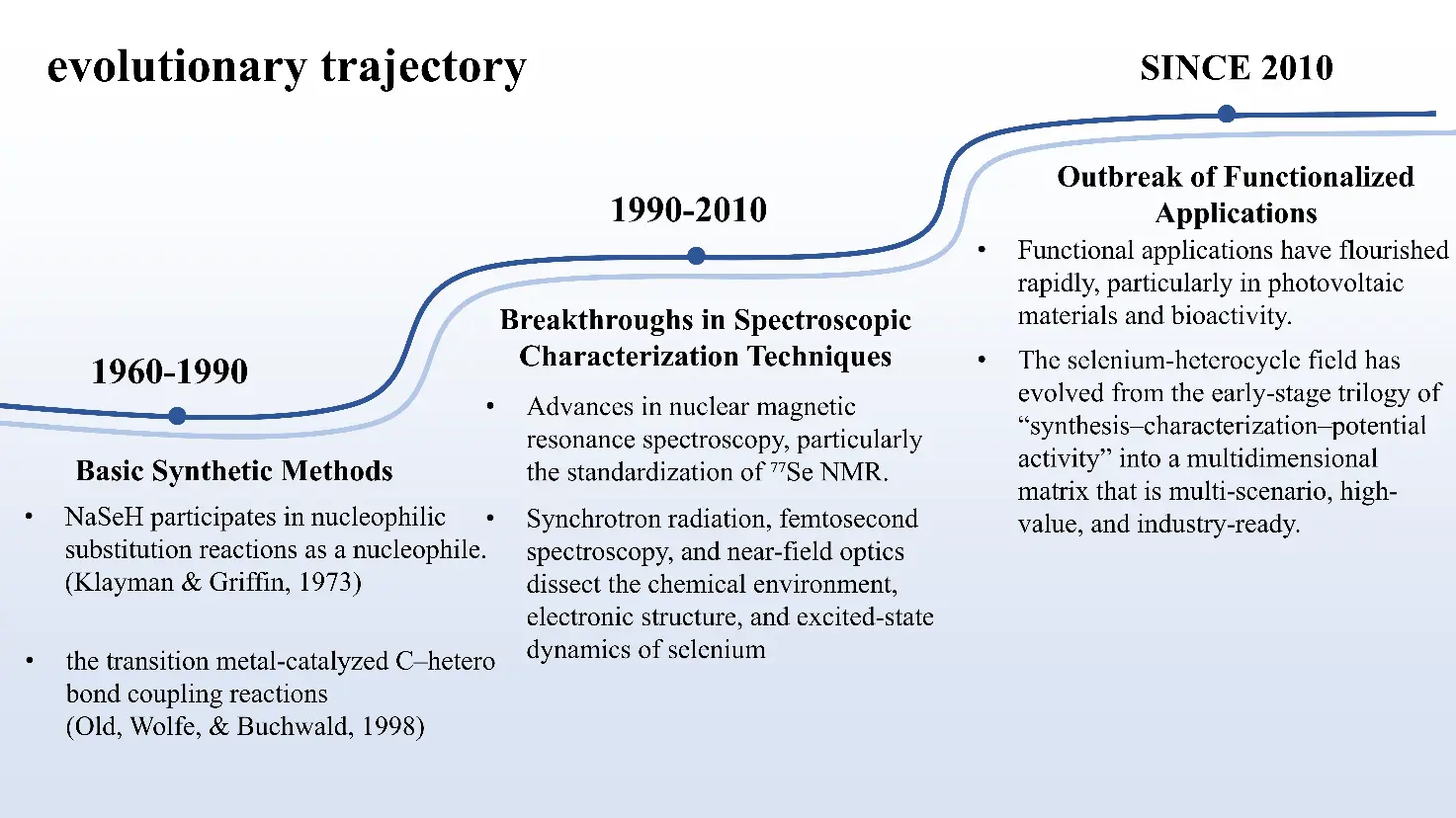
Open Access
Article
12 December 2025Understanding the Genetic Diversity of Bacteria Isolated from Across the Atacama Desert
Despite being one of the driest and harshest deserts on Earth, the Atacama Desert is home to a variety of bacterial life. Microorganisms that reside here may have developed adaptations to help them survive this unique environment. In this study, we used bioinformatic and genetic methods to assess the abundance of phyla that are present in this environment and focus on the types of adaptations individual bacteria have obtained. To assess bacterial diversity, we used 16S rRNA sequencing on soil samples and determined the relative composition of different phyla and archaea at sixteen locations. The whole genome sequence genome of eight selected pigmented bacteria was also performed. We found that all strains we sequenced are predicted to produce bioactive compounds. We focused on stress-tolerance capabilities, including pigment production pathways, biofilm-related genes, antibiotic production, and genome stability. We also found that the pigments that these bacteria produce have antioxidant, iron, and ion chelating, and/or antibiotic properties. This characterization allows us to assess adaptive strategies of bacteria, which is important in the fields of agriculture, biotechnology, and health.
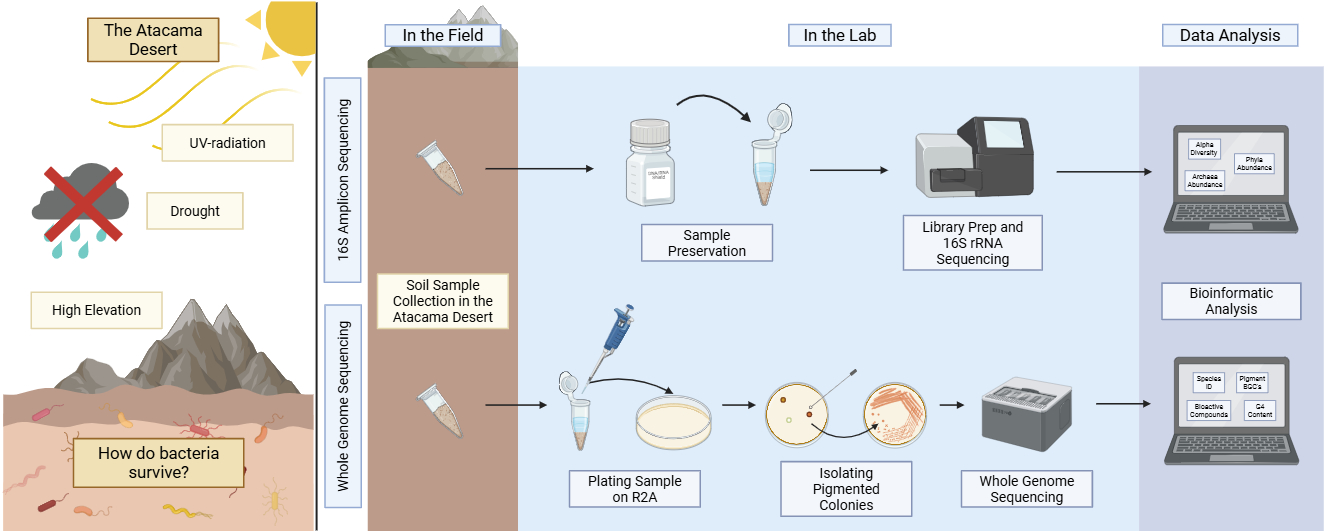
Open Access
Review
12 December 2025Review of Ground Insulation Resistance Detection Methods for Photovoltaic (PV) Systems
With the rapid growth of PV systems, accurate detection of insulation resistance in PV inverters has become increasingly crucial to ensure system safety and operational stability. This paper presents a systematic review of current ground insulation resistance detection methods for PV systems. First, the operating principles of various insulation resistance detection schemes are reviewed. Furthermore, the performance of these methods is evaluated based on several key metrics. Additionally, various fault locating techniques are examined. Overall, this paper aims to provide a comprehensive overview of the latest advancements in insulation resistance detection for PV systems.

Open Access
Review
12 December 2025Bibliometric Review of Bio-Based Building Materials and a Comparison with Prior Research: Toward Probabilistic Approaches for Material Variability
The purpose of this article is to extend previous bibliometric research on bio-based building materials by conducting a comparative analysis. The objective is to expand the initial study by applying a broader and more inclusive set of search terms to evaluate the sensitivity of Web of Science to keyword variations. In parallel, a separate bibliometric analysis is performed on research related to probabilistic approaches, which are essential for managing the variability and uncertainty in building material properties. Finally, a third bibliometric analysis is carried out at the intersection of these two fields: bio-based building materials and probabilistic methods. This integrated analysis aims to highlight the existing gap in the literature. The findings reveal the limited application of probabilistic approaches in the study of bio-based building materials and underscore the need to incorporate uncertainty quantification and stochastic modeling to understand better and optimize these sustainable construction resources. Overall, the results highlight two main outcomes. First, they demonstrate the strong sensitivity of bibliometric outcomes to the choice of search terms and databases, emphasizing the need for transparent and consistent keyword strategies; second, they show that the overlap between probabilistic approaches and bio-based materials research remains extremely limited, underscoring the importance of fostering stronger integration between these areas.

Open Access
Perspective
12 December 2025Randomization, Ritual, and Cultural Evolution: Revisiting Omar Khayyam Moore’s “Divination: A New Perspective”
In 1957, Omar Khayyam Moore proposed a novel hypothesis that Naskapi divination (scapulimancy) functioned as a randomization device to improve hunting success. This paper traces the intellectual history of Moore’s argument, reviewing both the initial support it received and the significant critiques that have rendered its original formulation empirically and theoretically untenable. While Moore’s specific claims about caribou hunting and group-level benefits are likely flawed, I argue that the enduring value of his work lies in the profound question it raised: how can functionally adaptive cultural practices emerge without conscious design? By re-examining Moore’s hypothesis through the lens of contemporary cultural evolutionary theory, in this paper, I show how his core insight has been revitalized. Modern frameworks, particularly those developed by Joseph Henrich, provide a robust mechanism—biased social learning—to explain the evolution of “design without a designer”. This perspective demonstrates that causally opaque and seemingly irrational practices can be culturally transmitted and refined because they generate adaptive outcomes, an insight that has inspired and been supported by a wave of recent psychological, experimental, and historical research. Ultimately, Moore’s contribution is reframed not as a failed functionalist explanation, but as a prescient, foundational query that anticipated a central research program in the modern study of human behavior and culture.
